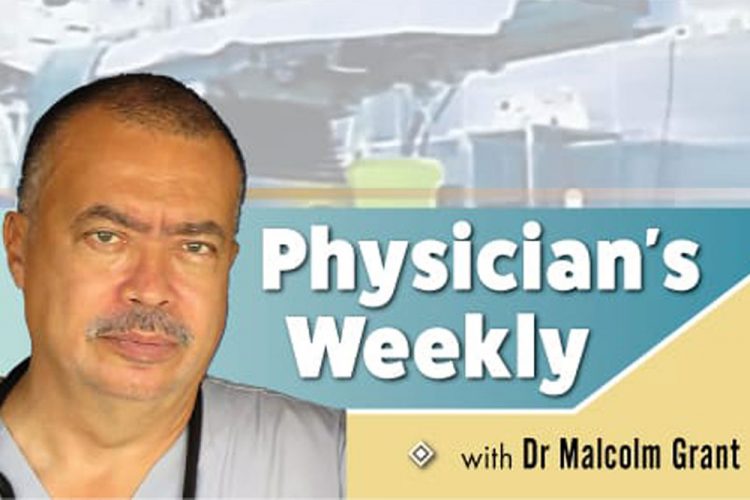Growing pains in children

Q: My 9 year old has growing pains. What causes them and can anything be done to get rid of them?
Introduction
Up to 25-40% of children experience growing pains. They are primarily aching or throbbing in nature and generally occurs in both legs, but may also affect the arms. They are mostly experienced in the evening and/or at night and may wake the child from their sleep.
Classical presentation
Children are often between ages 3 to 11
Pains are aching or throbbing in nature and at front of both thighs, or in the shins, calves, or back of the knees.
- Pains don’t involve joints.
- Most frequently experienced in the evening or night. Disappear by morning.
- More common in very active children and those who are double jointed.
- Pains recede within in a year or two after initial onset.
Causes
Although the pains are referred to as growing pains there is absolutely no evidence that these pains are associated with growth, or even more specifically, there is no association with a child’s growth spurt (i.e. a period of rapid growth).
There is some association with the child’s level of activity during the day. Overuse of the muscles as a result of running, jumping, skipping, hopping, climbing and other similar activities may be a contributing factor.
Boys are slightly more prone to growing pains.
Take the child to a doctor:
When pains are:
- Recent onset.
- Continuous.
- Associated with fever, loss of appetite, persistent fatigue, rash, swelling, discoloration or warmth in area.
- Still present in the morning.
- Preventing child from carrying out its daily activities.
- In the joints.
- Starts after an injury.
Other conditions of childhood which may mimic growing pains
Growing pains are harmless, however there are some other conditions that occur in children which can be mistaken for growing pains. These include:
- Injury.
- Joint hypermobility.
- Vitamin D deficiency.
- Osteosarcoma (bone cancer).
- Juvenile rheumatoid arthritis.
- Fibromyalgia.
- Restless leg syndrome.
Treatment
There is no specific treatment. A few things can be done at home to ease the child’s pain and discomfort:
When the pains are present:
- Gently massage the painful areas.
- Apply a hot water bottle (or heating pad) to the area.
- Ibuprofen or paracetamol may be given (NB: Never give your child aspirin unless recommended by a doctor).
To reduce/ prevent pains:
- Ibuprofen or paracetamol may be administered in the evening.
- Have the child take a warm bath before bedtime.
- Stretching exercises may help to lessen the reporting of growing pains.
.
In summary
Growing pains are harmless and seldom last more than a year or two after their initial onset. Measures that can be carried out in order to significantly alleviate the child’s pain and discomfort include gentle massages, application of a warm pack and the administration of children’s pain meds.
However, it is strongly recommended that any child with suspected growing pains should be assessed by their doctor, at least initially, in order to rule out some serious conditions which may mimic growing pains.
Author’s contact Information: Dr. C. Malcolm Grant – Family Physician, c/o Family Care Clinic, Arnos Vale, www.familycaresvg.com, clinic The information provided in the above article is for educational purposes only and does not substitute for professional medical advice. Please consult a medical professional or healthcare provider if you are seeking medical advice, diagnosis, or treatment. Dr. C. Malcolm Grant, Family Care Clinic or The Searchlight Newspaper or their associates, respectively, are not liable for risks or issues associated with using or acting upon the information provided above.









